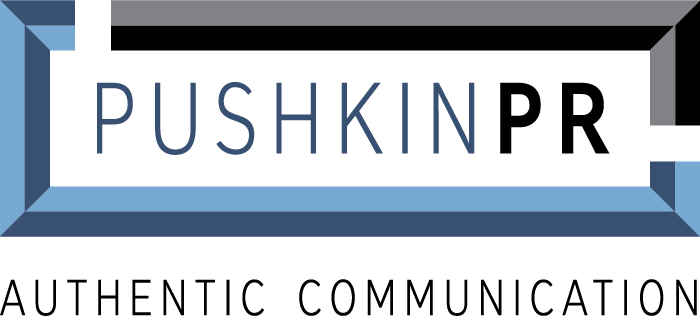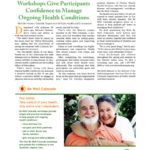Case Study
Client: Be Well Colorado

The Challenge
Nearly eight in 10 older American adults live with a chronic illness like heart disease, diabetes, cancer or lung disease, and half of older adults live with two or more conditions. At the same time, one in 13 Hispanic Coloradans has diabetes, and chronic health conditions cost Colorado’s Medicaid program an estimated $403 million per year.
A review of the research found that ongoing health conditions like these can diminish a person’s outlook on life, ability to engage in physical activity, interest in cooking, eating healthy meals, and willingness to ask for help. They can also affect their ability to remain independent in their own homes and communities.
In 2011, the Colorado Department of Public Health and Environment engaged our team to develop a bilingual PR and advertising campaign to attack the problem at its root. The goal of the campaign was to build awareness about the importance of managing diabetes and chronic conditions and to teach seniors 60+ how they could care for many of the symptoms of their chronic diseases themselves.
The Solution
Communications Problem? We can help
Strategic Development Process
To teach seniors 60+ we organized a series of free chronic disease self-management workshops, which had been developed by Stanford University and based on a proven, outcomes-based curriculum. Research showed that people who completed the workshops had more energy, more confidence, could communicate better with their doctors, and reported fewer doctor visits and hospitalizations.
As part of our development process, we interviewed people who had acted as leaders of the workshops in other states, to learn why some seniors attended, what prevented others from attending, who influenced the decision to attend and what words or phrases would motivate seniors to attend. We also engaged Veronica Figoli, our multi-cultural communication partner, who participated in our planning and research to make sure our messages were culturally relevant. She also helped us address any potential barriers, enlist Spanish language media partners, and helped us understand the most effective ways to reach our Hispanic audiences.
Target Audiences
Our campaign targeted Hispanic, Caucasian and African American Seniors in 22 Colorado counties, including Arapahoe, Adams, Alamosa, Boulder, Cheyenne, Conejos, Costilla, Denver, Elbert, Garfield, Kit Carson, Larimer, Lincoln, Mesa, Mineral, Moffat, Prowers, Pueblo, Rio Blanco, Routt, Saguache, Teller, and Weld.
Strategies
We focused most our efforts on three channels: earned media, paid media and community partnerships. Our earned media campaign included conducting media training for CDPHE spokespeople, developing a media kit, and pitching stories around the state, concentrating on the counties where we planned to hold workshops. We also distributed localized press releases with local statistics for areas such as Denver, Aurora, Loveland, Lamar, Grand Junction, Longmont, Greely and Fort Collins.
On the paid media side, we developed messaging strategies to English and Spanish speaking communities, delivering the messages in print ads, radio and TV spots and bought and placed the media in communities where we had workshops. We also ran radio and TV spots to both the English and Spanish-speaking communities. The campaign also included a new website (www.bewellcolorado.org) and seven YouTube videos (four in English and three in Spanish).
As part of our community partnership program, we reached out to primary care physicians, churches, Medicare, Kaiser, geriatricians, social workers, personal trainers and other public health professionals. We also developed partnerships with Area Agencies on Aging, county medical societies, local chronic disease management workshop leaders. We conducted conference calls and trainings for these partners and developed a PowerPoint presentation they could use in their communities. To get the word out to our Spanish-speaking audience, we secured a media partnership with Univision.
The Results
The paid campaign drove a significant boost in enrollment, helping to sell out all seminars over the duration of the campaign. In addition, the earned media campaign drove placements in over twenty community papers, senior magazines, radio interviews and TV.


